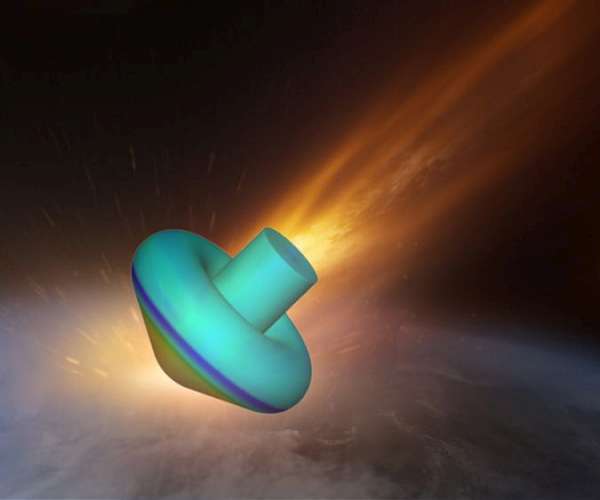Preparing To Drill: Sols 3975-3976
by Conor Hayes, Graduate Student at York University
Pasadena CA (JPL) Oct 13, 2023
Earth planning date: Wednesday, October 11, 2023: Planning today started 90 minutes later than usual thanks to the data downlink containing the information we needed to assemble the plan not arriving on Earth until just before 9:30 PDT. The late start meant that I was able to watch the reveal of the initial results from the OSIRIS-REx mission, which delivered a sample of the asteroid Bennu to Earth several weeks ago.
On Mars, Curiosity is prepping to take a sample of its own, albeit one that won’t be returned to Earth (that honour belongs to Curiosity’s twin Perseverance over in Jezero Crater). After we weren’t able to start our next drilling campaign on Monday, we received word today that our bump to a better position was successful, allowing us to begin our preparations to drill as early as this weekend.
Drilling and the activities that accompany it can be quite power-intensive, which means that we have less flexibility in planning other observations. This was definitely the case today, as we had just over an hour and a half of available science time instead of the two hours that we usually have on two sol plans. Both ENV and GEO had to prioritize their observation requests, downscoping or deferring activities as necessary to fit everything into the available time.
Because today’s plan is “drill sol 1,” we begin by unstowing the rover’s arm to do some pre-drilling investigation of our drill target “Sequoia.” This includes use of APXS as well as MAHLI imaging before and after clearing away the dust on Sequoia with DRT. We will then perform what’s known as a “preload test” where we will place the drill down on Sequoia (without activating the drill) to see how the rock responds to that force.
The results of the preload test will be documented by MAHLI. Later in the sol, we will use LIBS to investigate the target “Saddlehorn,” take some Mastcam images of the future site of the Sequoia drill hole, and image the SAM inlet covers with Mastcam and Navcam. The first sol of this plan finishes off with some evening APXS integrations.
When the rover wakes up on the second sol, we’ll begin with some more ChemCam activities, including a LIBS observation of “Kern River,” some passive (no LIBS) observations with RMI imaging of Sequoia, and RMI imaging of the upper Gediz Vallis ridge.
Mastcam will then document the aftermath of the two LIBS activities in this plan. We will finish off with a 4×1 Navcam mosaic of the north crater rim to measure the amount of dust in the atmosphere between the rover and the edge of Gale Crater.
Routine observations from REMS, RAD, and DAN round out this plan as we look forward to drilling another hole in the Martian surface in the coming sols.
Related Links
Curiosity Mars Science Laboratory
Mars News and Information at MarsDaily.com
Lunar Dreams and more



